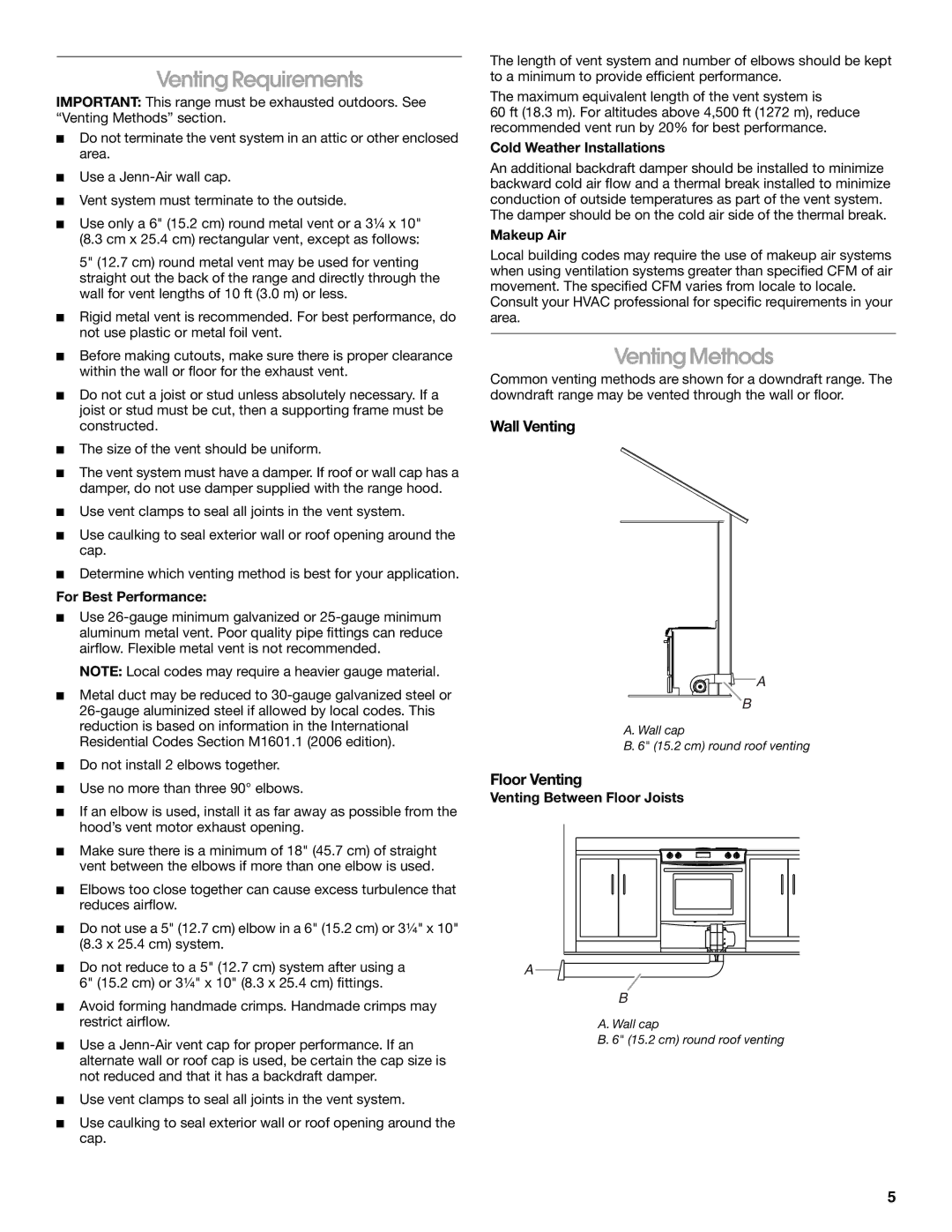W10430955A specifications
The Jenn-Air W10430955A is a premium kitchen appliance designed to elevate culinary experiences and integrate seamlessly into modern kitchens. As a vital component of Jenn-Air's commitment to innovation and performance, the W10430955A represents a fusion of advanced technology and stylish design.One of the standout features of the W10430955A is its precision cooking technology. This appliance is engineered to provide consistent, even cooking results, thanks to its advanced temperature management system. This system allows home cooks to achieve professional-grade results, whether they are baking, roasting, or broiling.
Moreover, the W10430955A incorporates a sleek, intuitive control panel that simplifies operation. With its user-friendly interface, cooks can easily select settings, adjust temperatures, and monitor cooking times with precision. The touch-sensitive controls not only enhance functionality but also contribute to the overall aesthetic of the appliance, offering a modern touch to any kitchen decor.
In terms of design, the W10430955A features a contemporary look with high-quality materials, including stainless steel finishes that are both durable and easy to clean. The appliance is also designed for energy efficiency, which not only reduces utility bills but also makes it an environmentally friendly choice for those striving to minimize their carbon footprint.
Another commendable characteristic of the W10430955A is its flexibility in cooking options. It often includes multiple cooking modes that cater to various culinary techniques, providing versatility for a wide range of dishes. Whether preparing a delicate soufflé or a hearty casserole, this appliance stands out for its adaptability.
Furthermore, maintenance is hassle-free with this model. Many components are designed for easy removal and cleaning, ensuring that users can keep their appliance in optimal condition with minimal effort.
Overall, the Jenn-Air W10430955A is an exceptional combination of performance, style, and convenience. Its innovative technologies and user-friendly features make it an ideal choice for both amateur cooks and seasoned chefs looking to enhance their culinary skills in a modern kitchen setting. Investing in this appliance not only elevates cooking experiences but also adds a touch of elegance to any home.

